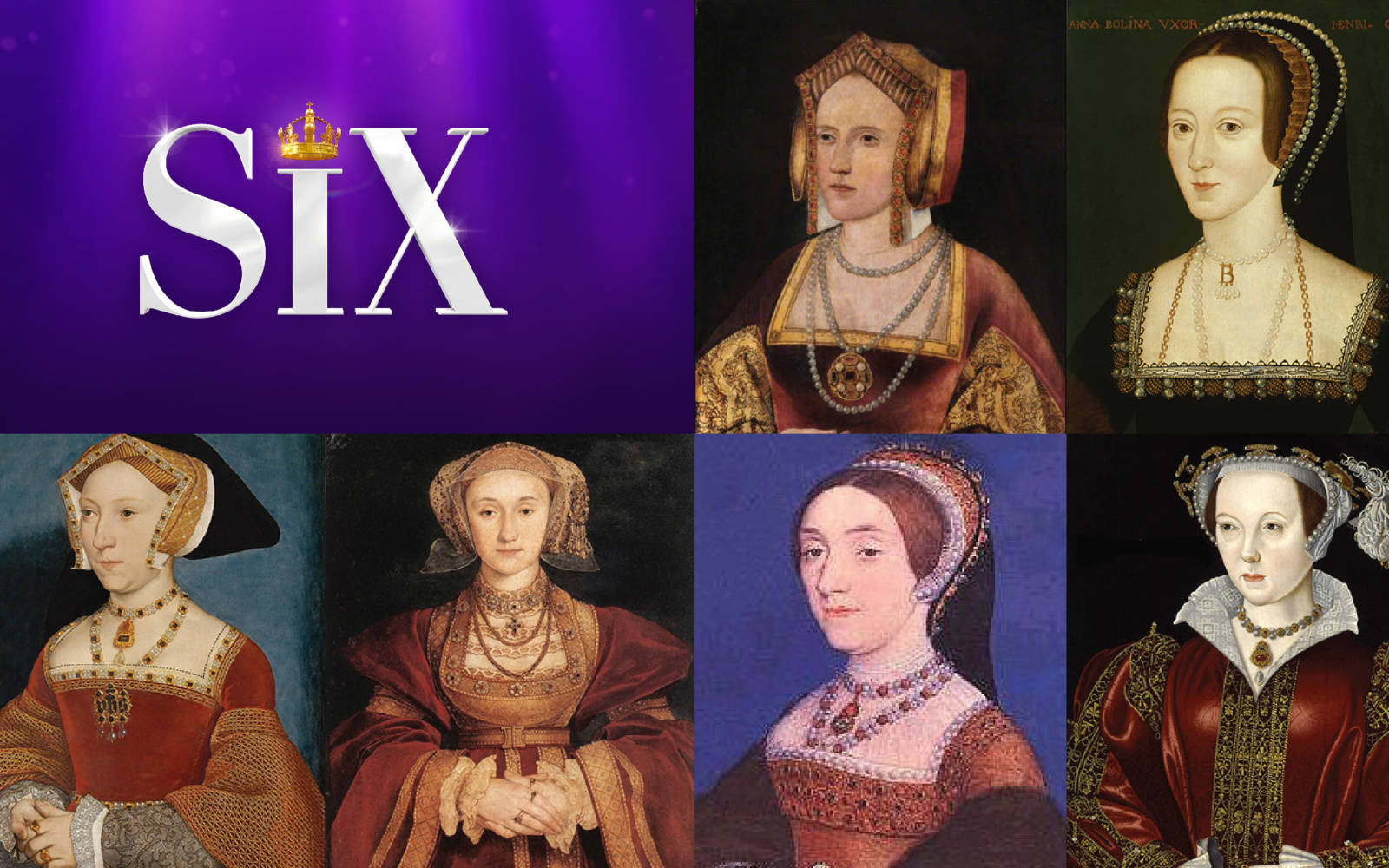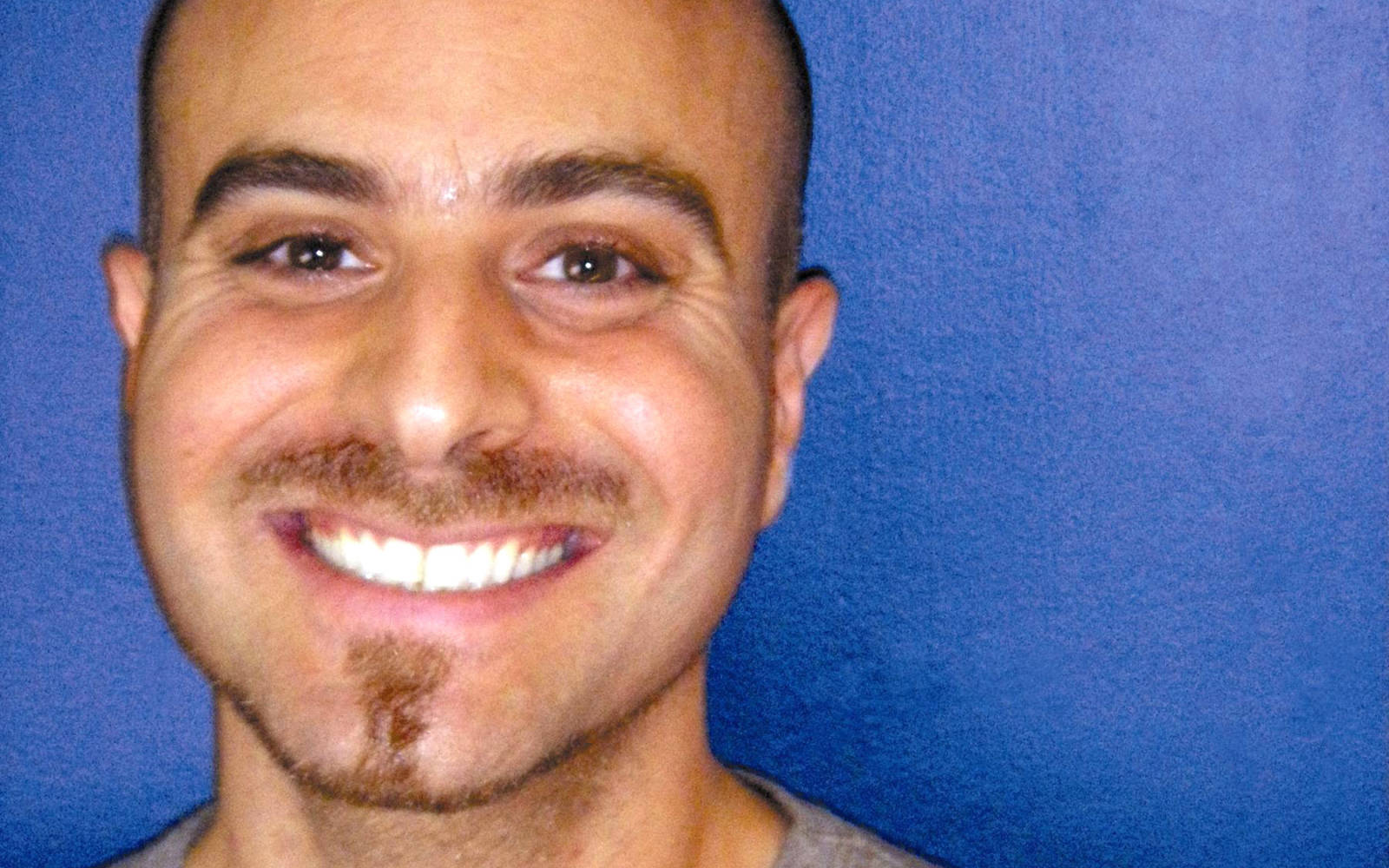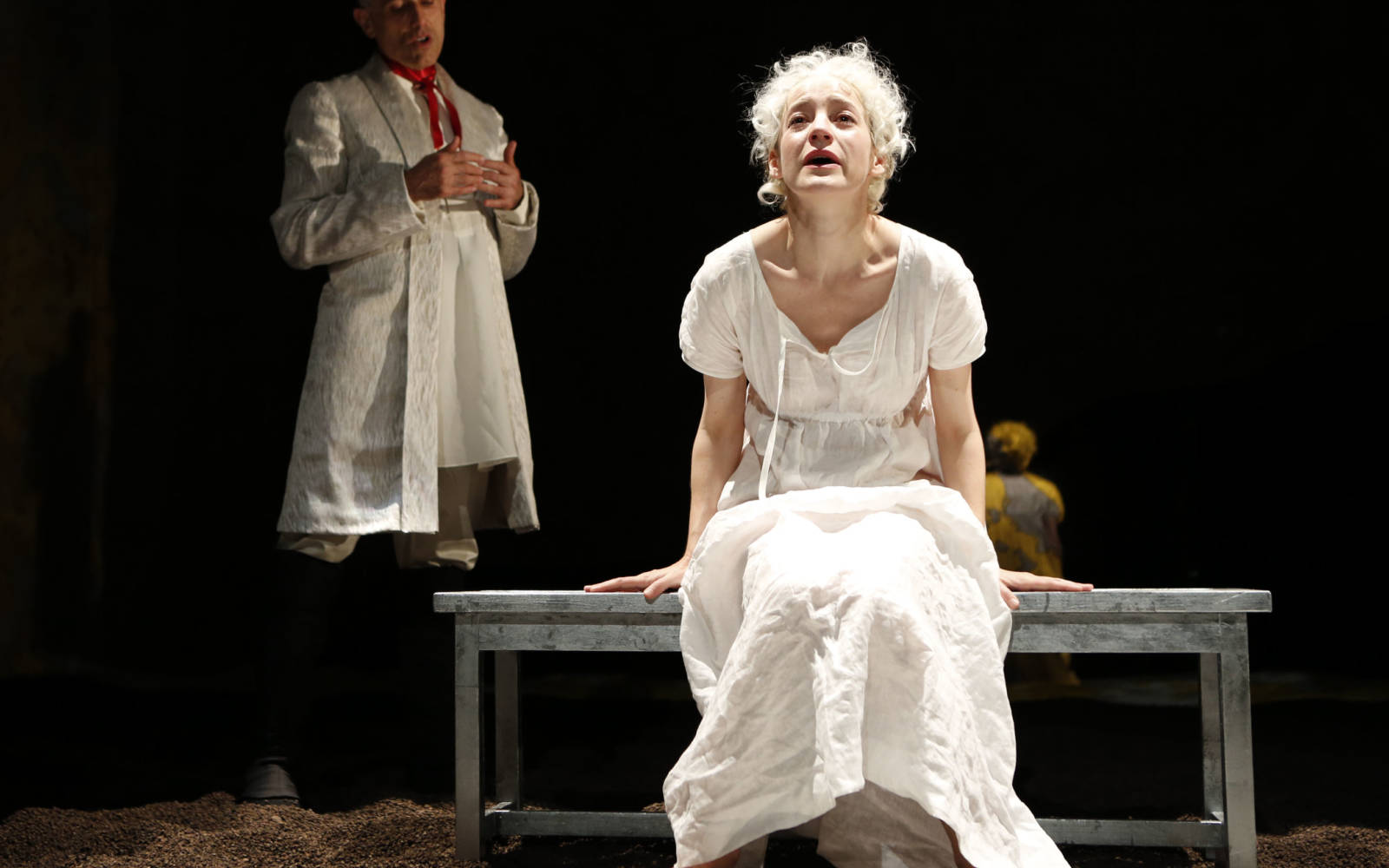article
Marie Antoinette Timeline
SEP 4, 2012
A brief history of events that inspired Marie Antoinette
1755
Marie is born in Vienna to The Holy Roman Emperor Francis I and Maria Theresa of the Hapsburgs.
1766
In his work Confessions, Rousseau writes of an overweight noblewoman who ignorantly proclaims, “Let them eat cake!”—years before Marie even entered the public eye.
1770
Marie Antoinette and Louis XVI are married, first by proxy in Vienna and later face-to-face in the royal palace of Versailles. A cozy relationship between Austria and France is established.
1775
Newly minted King Louis XVI re-gifts the estate Petit Trianon to Marie as a wedding present. Marie commissions an entire remodeling of the gardens, drawing public attention to her penchant for decadence. Meanwhile, protesters in Paris riot after a dismal harvest skyrockets the price of bread.
1777
Joseph II of Austria visits the royal couple to encourage consummation of the marriage.
1778
Marie gives birth to her first daughter, Marie Thérèse Charlotte.
1781
On the heels of Marie’s rumored infidelity with Axel von Fersen, Louis Joseph is born. He is accepted as the heir to the throne.
1783
Rumors and public derision of Marie reach a fever pitch. The streets are flooded with pamphlets declaring her adulterous, immoral, and ignorant nature.
1786
Sophie Béatrice, Marie’s second daughter, is born; she dies a year later. Marie commissions the building of a quaint mock village on the grounds of Versailles, called Le Hameau de la Reine (The Queen’s Hamlet). Parisians invent stories with Le Hameau as the epicenter of Marie’s sleaze.
1788
Louis has slowly heeded calls for reform, as France teeters on the brink of bankruptcy. The King assembles the Estates-General, a meeting of French nobles, clergy, and commoners, for the first time since 1614. Each “estate” receives one, equal vote on reform.
1789
June: The commoners, whose radical policy ideas didn’t sit well with Louis, defect from the Estates-General, forming the National Assembly. Louis attempts (unsuccessfully) to disband the rabblerousers. He orders government troops to gather outside Paris. Meanwhile, Marie’s eldest son, the Dauphin Louis Joseph, dies of tuberculosis.
July: Mobs converge on the Bastille, in search of arms. This precedes two months of riots by the peasant class.
1789
August: The National Assembly abolishes feudalism and adopts the Declaration of the Rights of Man and of the Citizen (inspired by the Declaration of Independence).
October: Marie and family are taken from Versailles to the Tuileries Palace.
1790
All hereditary titles are abolished, marking the end of noble lineage.
1791
June: Marie and the rest of the royal family attempt to flee France by posing as commoners. It doesn’t work.
September: The Assembly introduces a new Constitution. King Louis vows to uphold it and his power is restored as a constitutional monarch.
1792
April: Responding to threats from surrounding European countries to end the Revolution, the new France declares war on Austria.
July: Maximilien Robespierre, the de facto leader of the National Assembly, demands that Louis be removed from office.
August: The Legislative Assembly does not suspend the king’s powers, despite the demands of Robespierre and company. Marie and her family are imprisoned at the Temple, a medieval castle in Paris.
September: Mobs massacre many of the nobles imprisoned in Paris; 1,500 die. The Legislative Assembly is disbanded and replaced by a consolidated National Convention. The Monarchy is abolished and France is declared a Republic.
December: Louis is put on trial for treason.
1793
January: King Louis XVI is executed by guillotine.
1793
September: Robespierre declares terror “the order of the day.” The Reign of Terror, a yearlong period of mass executions, begins.
October: Marie Antoinette is charged with treason, plus with a cavalcade of other moral and political crimes. She is found guilty within 24 hours and, the next day, is executed by guillotine at the age of 37.
1794
Robespierre is charged with crimes against the Republic and is put to death. The Reign of Terror ends, having cost France approximately 40,000 lives.
1795
Napoleon Bonaparte is named Commanderin-Chief of the French military and begins his conquest of Europe. Four years later, Napoleon leads a coup d’etat, toppling the constitutional government and establishing himself as head of state.



